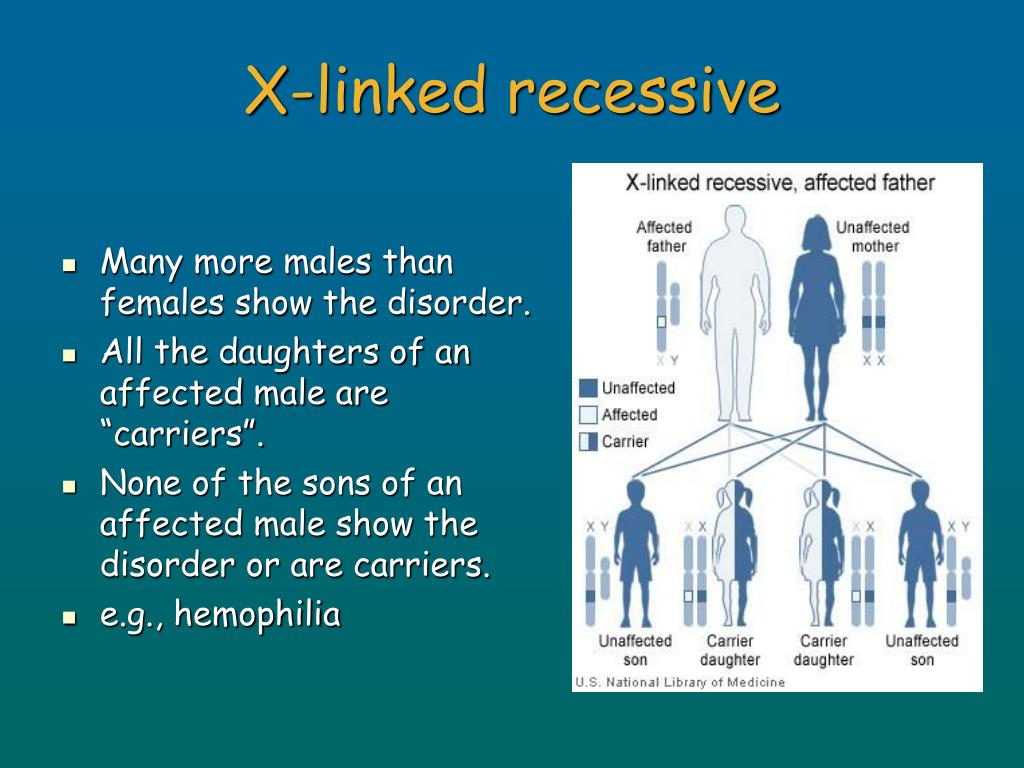
- #DOES HUMANS HAVE BOTH RECESSIVE AND DOMINANT TRAITS SERIAL#
- #DOES HUMANS HAVE BOTH RECESSIVE AND DOMINANT TRAITS FULL#
Previous efforts to estimate the number have relied on studies of disease in children born to related parents. But exactly how common are the recessive disease-causing mutations in humans? Recessive disease mutations are much more common than those that are harmful even in a single copy, because such "dominant" mutations are more easily eliminated by natural selection. But if such mutations are present at both copies (where one copy was inherited from each parent), they can cause devastating diseases like cystic fibrosis. Most genetic disorders that result in sterility or childhood death are caused by recessive mutations, DNA sequence variants that are harmless when a person carries only one copy.
#DOES HUMANS HAVE BOTH RECESSIVE AND DOMINANT TRAITS SERIAL#
While it won’t automatically turn anyone into a Hollywood-style serial killer, it does leave your offspring at a greater risk of a whole host of congenital defects and genetic diseases."These records offered a fantastic opportunity to estimate disease mutation carrier rates in a new way that disentangles the effects of genetic and socioeconomic factors," said lead author Ziyue Gao of the University of Chicago. Inbreeding perhaps best left to the mites. Endangered species such as the Black Robin ( Petroica traversi) have such small populations that there is no stock to replenish the population. This is called outbreeding, for obvious reasons, and while it seems to be the go-to solution, there is a catch. New adders were added and their population flourished.

Adders in Sweden were isolated due to farms and suffered an increase in stillbirths and offspring suffering from congenital defects. This is known as Inbreeding Depression and refers to a population decrease due to lack of healthy mates. Charming…Ī limited gene pool in a species can, unsurprisingly, have a negative impact. This incestuous vanguard waits outside their mother’s genital opening and as soon as the females hatch, their brothers impregnate them. The mother mite keeps her eggs inside her until they reach maturity and the first wave to hatch is male. The reproductive patterns of Pyemotes boylei, a type of mite, are built around inbreeding. Incest isn’t entirely down to human interference and is part of the lifecycle of some animals. 20,000 pedigree boxer dogs would have the generic variety of around 70 dogs. The problem is more alarming than it might seem on the surface. The study found that a large proportion of pedigree dogs suffered from conditions caused by recessive alleles such as heart disease, deafness and abnormal development of their hip joints. Like the animals bred for farming, particular traits are encouraged in pedigree dogs, including their height and the quality of their fur. A study, headed by Dr David Balding, examined inbreeding in pedigree dogs. The two largest populations of koalas in Australia could cease to exist by just one disease, due to them being so so heavily inbred, scientists have warned. There is evidence that suggests inbreeding certain animals can have more of a negative impact than a positive one. Controlling outcomes is also the motivation for inbreeding in the farming industry, with cows being bred to increase milk yields and sheep are careful selected to produce more wool. Mice used in lab experiments are often inbred, as the similar genetic structures enable experiments to be repeated. Humanity hasn’t just used inbreeding to retain regal status, it is also deployed in breeding animals. While not all of these can be blamed on inbreeding (pituitary hormone deficiency and distal renal tubular acidosis could explain several of these conditions) both are caused by recessive alleles.
#DOES HUMANS HAVE BOTH RECESSIVE AND DOMINANT TRAITS FULL#
It states that after his death Charles had no blood, a heart the size of a peppercorn, corroded lungs, a head full of water, rotten and gangrenous intestines and had only a single testicle that was as black as coal. He didn’t speak until he was four, couldn’t walk until he was eight and was barely able to chew due to his deformed jaw.

Charles suffered from numerous disabilities and congenital defects.

The family tree at this point had become quite jumbled - his mother was his dad’s niece and his grandmother was also his aunt. A 2015 study examined 259 adult Egyptian mummies and found that royal mummies had consistently different heights from the general population, with male royals being taller than average and female royals being shorter than average.Ī more recent example is the House of Habsburg, whose empire included Spain, Austria and Hungary the family line ending with Charles II of Spain, who was born in 1661. In hereditary systems of rule, such as the pharaohs of Ancient Egypt, inbreeding prevented another family marrying in and lining up to take the throne. Historically, inbreeding didn’t just keep traits within a bloodline, it also kept power. As inbreeding comes with such a high cost, the logic of engaging it might seem baffling.


 0 kommentar(er)
0 kommentar(er)
